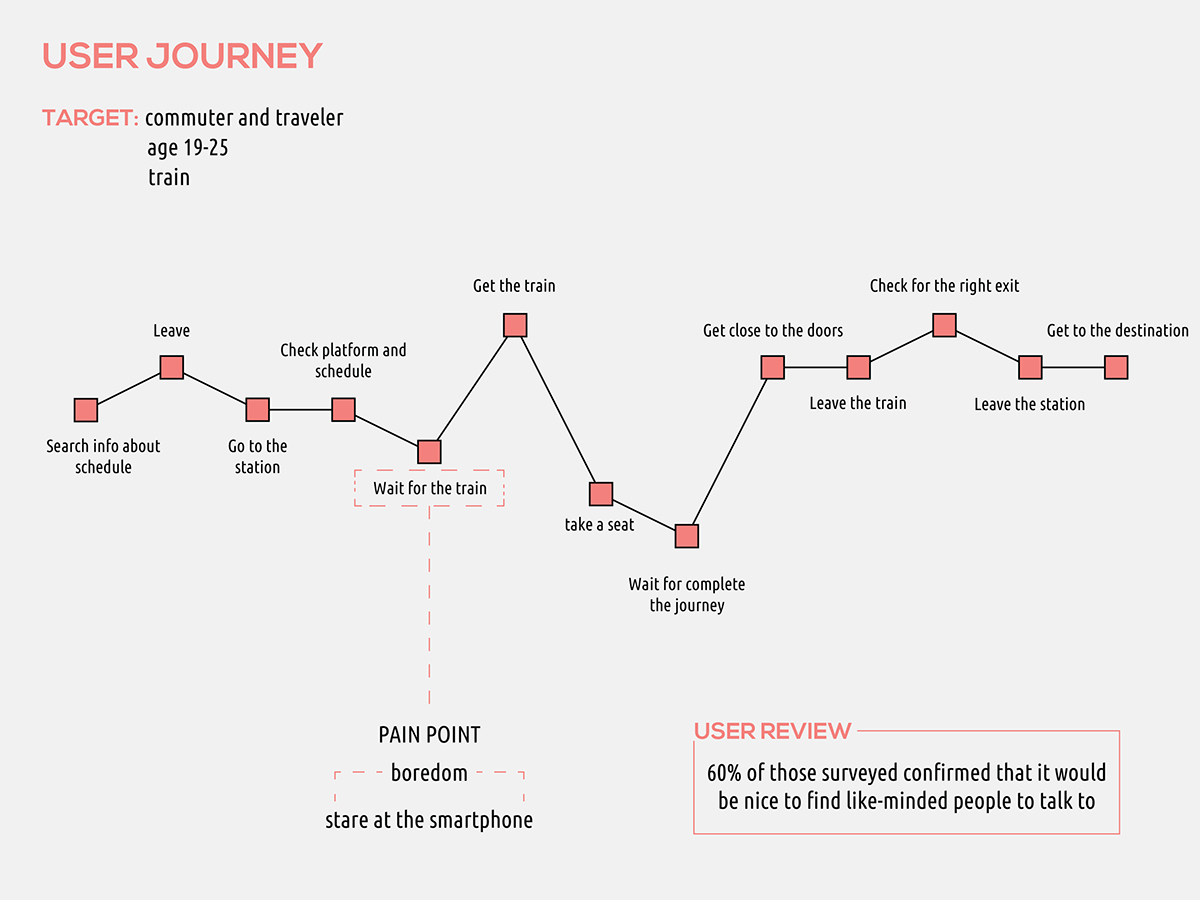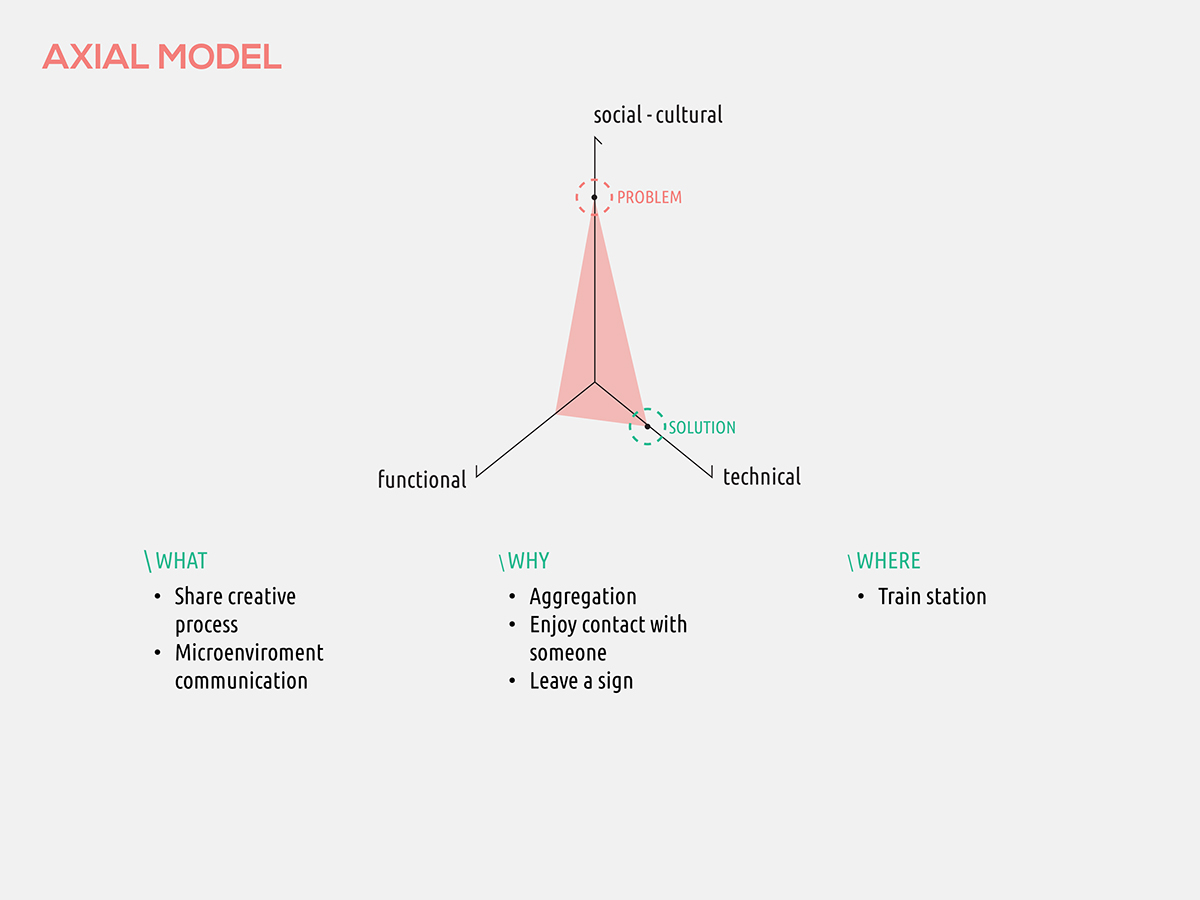Workshop at Politecnico di Milano intended to use different frameworks and methods of theory driven design to search for innovative solutions to improve the quality life of users of the different transportation systems, from the mass and public to the single and private, exploring new environments like the collaborative and common.
Today’s world has changed. We have changed.
Design by nature deals with three main factors. The first one is the need of users to connect (and deal) with the real world. It is probably one of the key concepts for which we want to be recognized. But we also deal with aesthetics, the socio-cultural representation of these objects that allows us to connect on a more emphatic way. And wanted or not, we deal with the technical reality, the physical nature of the constructed world. And when all those areas have been transformed so much for the new media, we as designers, are obligated to give a look to new ways to understand our role.
The workshop searched for a new understanding of our reality and the impact of new technologies in the way we design for a contemporary society. The complete set of tools is arranged so it builds up on a process of well structured innovation for urban transportation systems. We are committed to recognize new ways to transform society by recognizing the relevance of this new world based on information and interaction, mobile, connected and yet locally disrupted.




After that, we realized that our goal could be to define a system that helps meeting people, a problem located into the axial model along the socio-cultural context. While keeping on searching (datas) we thought we could find our solutions into the technological asset. We start developing an idea. We would like to develop a device that could put together two users between a sharing creative process, engaging expecting time in a different way and changing the point of view of the micro-enviroment in which they are involved. We decided to draw the attention by creating a position for charging phones, one of the biggest needs of today’s man. Then we considered human aspects, one of the natural instincts of man is to join his fellows. Another one is leave a mark when you can, use them both at the same time and you'll get a sense of awareness of others. We thought of putting this project at the station, micro-environment varied.


Project formulation
The name of our project is MirUs. According to some characteristics of our project we took the words “mirror” and “us” and we put them together. Furthermore it can recall a verb to express the action of looking at the mirror.
Synthesis
We thought about a charging station with an interactive mirror surface and we focus on two points:
- free charge is a “need” that must be satisfied;
- a suggestion as a mirror that clouds up;
The first one obviouvsly attracts the user, it’s useful and satisfies a need. Then we use it to draw on an opaque glass. This could be a way to leave a sign and connect with someone and so we have awareness of someone else.

The project
The totem we create works this way: when someone connects its phone to charge it, suddenly the mirror cloud up! (Not really, it is an effect of the mirror-screen). So the user become curious and starts to draw on it. And at the same moment there’s a connection with another totem where, maybe, another person is charging her own phone and then there appears the first user’s drawing! The new user can do the same thing and so on, while the smartphone is charged or their train arrives.



